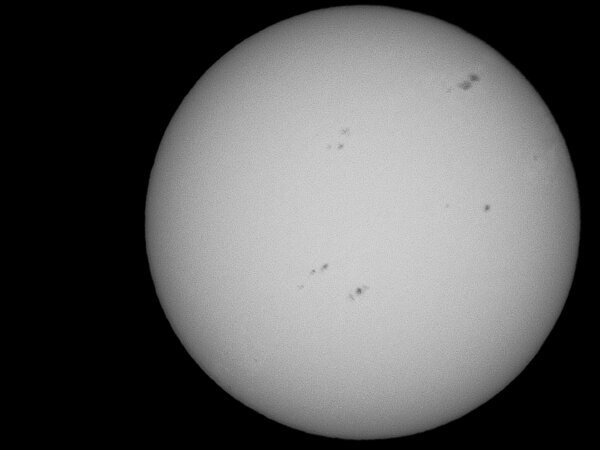The sun, our star, continues to be a source of fascinating phenomena, influencing not only our daily weather but also the space weather around Earth. Recently, the National Oceanic and Atmospheric Administration’s (NOAA) Space Weather Prediction Center announced a geomagnetic storm watch, increasing the chances of witnessing a spectacular display of the aurora borealis, also known as the Northern Lights. This raises a fundamental question: Why Are The Northern Lights Visible, and what makes these celestial light shows possible?
The mesmerizing dance of the Northern Lights is a direct result of the Sun’s activity and its interaction with Earth’s atmosphere and magnetic field. The Sun is currently in Solar Cycle 25, a period of heightened solar activity characterized by an increase in sunspots and solar events. These events, such as coronal mass ejections (CMEs), are crucial to understanding why the northern lights become visible.
CMEs are massive expulsions of plasma and magnetic field from the Sun’s corona. When these solar eruptions are directed towards Earth, they carry with them a surge of charged particles. It is these charged particles that initiate the process leading to the aurora. Traveling through space, these particles eventually encounter Earth’s magnetosphere, the protective magnetic bubble surrounding our planet.
 Sunspots AR3936 and AR3932 visible on the sun's surface, contributing to increased solar activity and geomagnetic storms that can cause auroras.
Sunspots AR3936 and AR3932 visible on the sun's surface, contributing to increased solar activity and geomagnetic storms that can cause auroras.
Instead of directly hitting the Earth’s surface, these charged particles from the solar wind are deflected by the magnetosphere. However, some particles manage to penetrate the magnetosphere, particularly near the Earth’s magnetic poles. These particles are then guided along the Earth’s magnetic field lines towards the polar regions.
As these energetic particles descend into the Earth’s atmosphere, they collide with atoms and molecules of gases, primarily oxygen and nitrogen. These collisions excite the atmospheric gases, causing them to emit light. This emission of light is what we perceive as the aurora borealis in the Northern Hemisphere and the aurora australis in the Southern Hemisphere.
The colors of the aurora depend on the type of gas molecules being excited and the altitude at which the collisions occur. Oxygen, when excited at higher altitudes, typically produces red and green auroras. Nitrogen, on the other hand, tends to emit blue and purple hues. The dynamic interplay of these colors creates the breathtaking curtains, arcs, and rays of light that characterize the Northern Lights.
Geomagnetic storms, like the one recently announced, significantly enhance the visibility of the Northern Lights. These storms are disturbances in Earth’s magnetosphere caused by particularly strong solar winds and CMEs. During a geomagnetic storm, a greater number of charged particles are funneled into the Earth’s atmosphere, leading to more intense and widespread auroral displays. This is why during periods of increased solar activity and geomagnetic storms, the aurora can be seen at lower latitudes than usual.
For those hoping to witness this natural spectacle, it’s important to seek dark sky locations with a clear view of the northern horizon. While the recent geomagnetic storm watch suggested potential aurora visibility as far south as Illinois and Oregon, locations further north offer a higher probability and more vibrant displays. Using a camera with night mode or long exposure settings can also enhance the viewing experience, capturing auroral details that might be faint to the naked eye.
In conclusion, the visibility of the Northern Lights is a captivating consequence of solar activity, Earth’s magnetic field, and atmospheric interactions. Geomagnetic storms act as amplifiers, intensifying these interactions and making the auroral displays more accessible and awe-inspiring. Understanding why are the northern lights visible not only deepens our appreciation for this natural wonder but also highlights the intricate connection between the Sun and our planet. Checking space weather forecasts alongside terrestrial weather updates can become a routine for those eager to witness the next celestial light show.